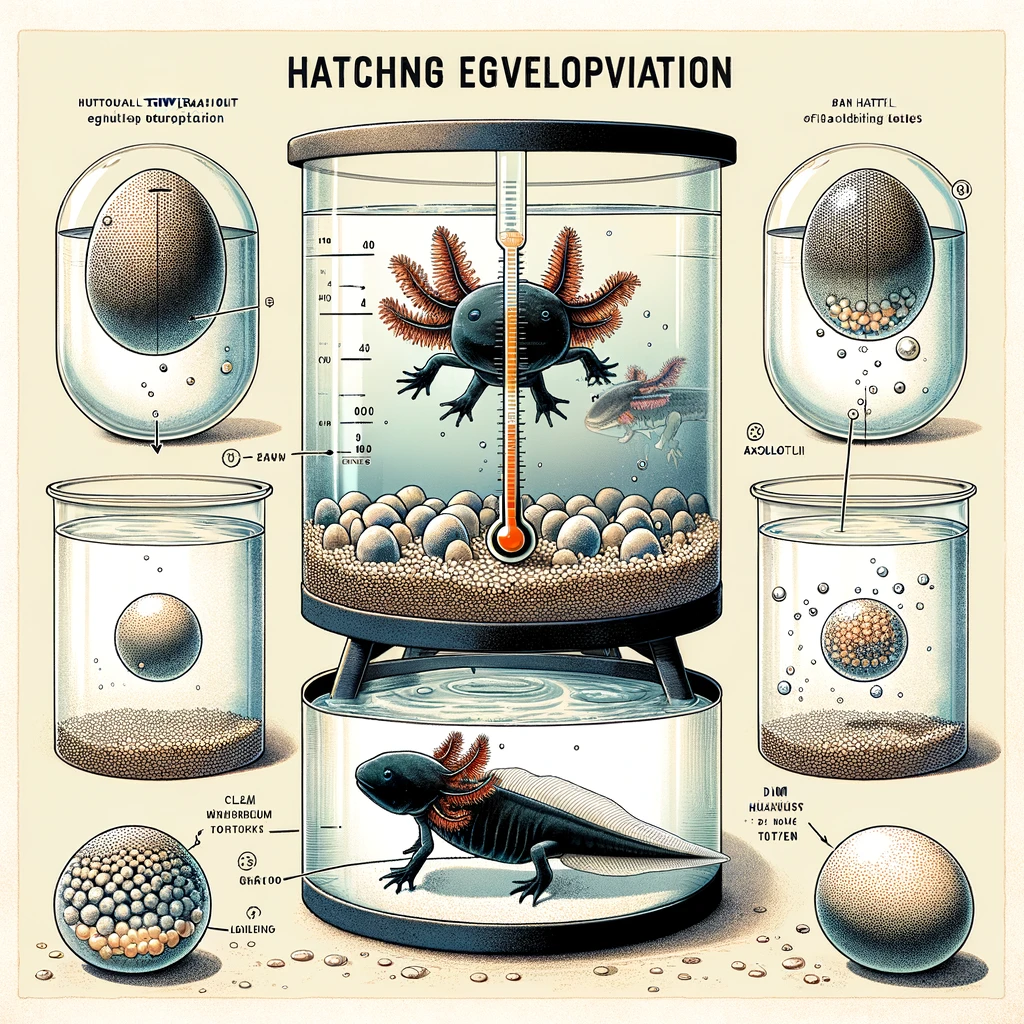A Beginner’s Guide to Hatching Axolotl Eggs and Understanding Embryo Development
Blog Post: A Beginner’s Guide to Hatching Axolotl Eggs and Understanding Embryo Development
SEO Meta Description:
Unlock the secrets of axolotl egg hatching and embryo development. This comprehensive guide covers everything from optimal conditions to the fascinating stages of axolotl growth, ensuring a successful hatch.
SEO Tags:
Axolotl Eggs, Hatching Axolotl Eggs, Axolotl Embryo Development, Axolotl Care, Breeding Axolotls, Axolotl Hatchery, Amphibian Breeding, Axolotl Lifecycle, Aquatic Pets, Axolotl Egg Care
Embarking on the Journey of Hatching Axolotl Eggs
Breeding axolotls and hatching their eggs can be an enriching experience, offering a unique glimpse into the early stages of life of these fascinating creatures. From ensuring the right conditions for the eggs to hatch to observing the mesmerizing process of embryo development, this guide provides essential insights for both novice and experienced axolotl enthusiasts.
Setting the Stage for Successful Hatching
Optimal Conditions:
- Temperature: Maintain water temperature between 60-64°F (16-18°C) to support healthy development.
- Water Quality: Use dechlorinated water with a neutral pH and ensure it’s clean and stable throughout the hatching process.
- Lighting: Keep the eggs in a dimly lit area, as excessive light can harm the developing embryos.
Preparation:
- Egg Collection: Gently collect the eggs laid on plants or decorations and transfer them to a separate hatching tank to avoid predation.
- Tank Setup: A shallow tank with a few inches of water is ideal. You can place the eggs on a smooth, flat surface or attach them to submerged plants.
The Hatching Process
Axolotl eggs typically hatch within 14-21 days after being laid, depending on the temperature and conditions of the water. During this period, the embryos will go through several developmental stages, visible to the naked eye:
- Initial Cell Division: The egg will show signs of cell division, splitting into two, four, then eight cells, and so on.
- Formation of the Embryo: As the cells continue to divide, the embryo begins to take shape, with the developing axolotl becoming more recognizable.
- Growth and Differentiation: The embryo grows, and distinct features such as the head, tail, and gills start to form.
- Pre-Hatching Movements: Just before hatching, you may observe the embryos moving within their eggs, preparing to break free.
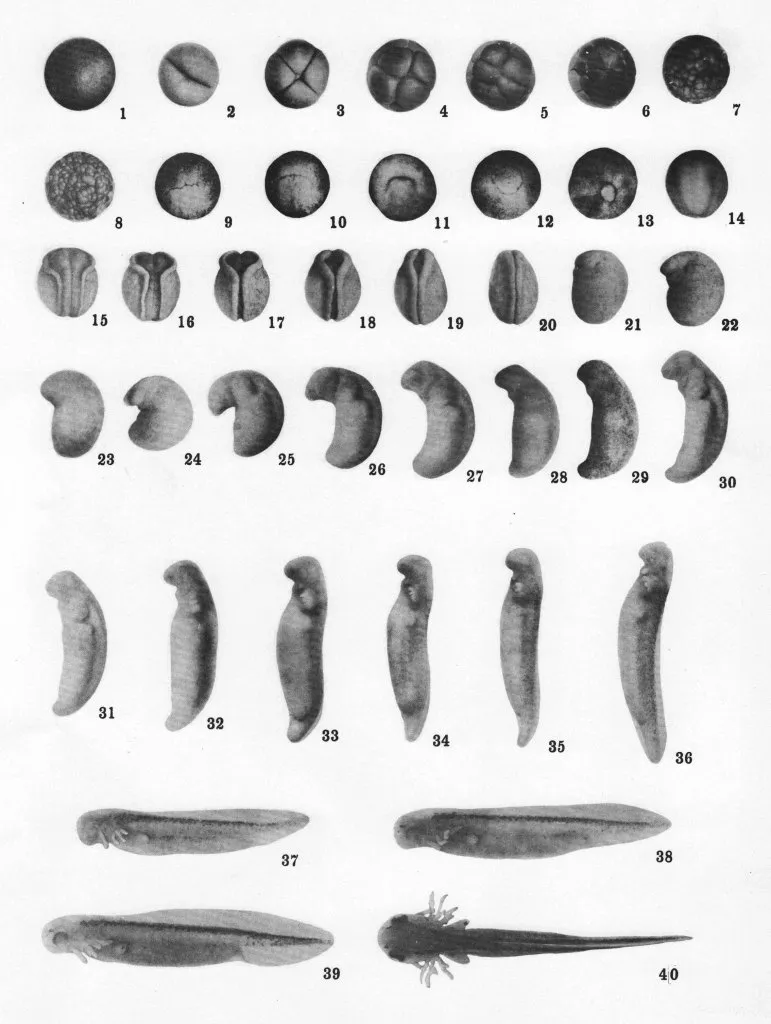
Day 1
The eggs at this stage are round smooth balls. Throughout the next couple of days these small round smooth balls will become rougher.
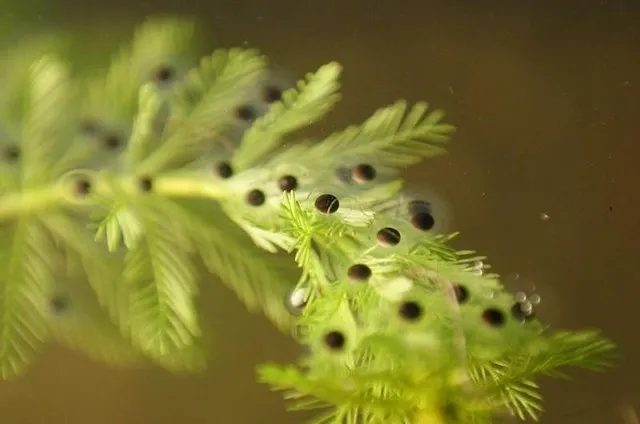
Day 4
The embryo in the eggs begins to flatten.

Day 5
This stage is known as the comma stage. This stage is when the eggs begin to noticeably change.
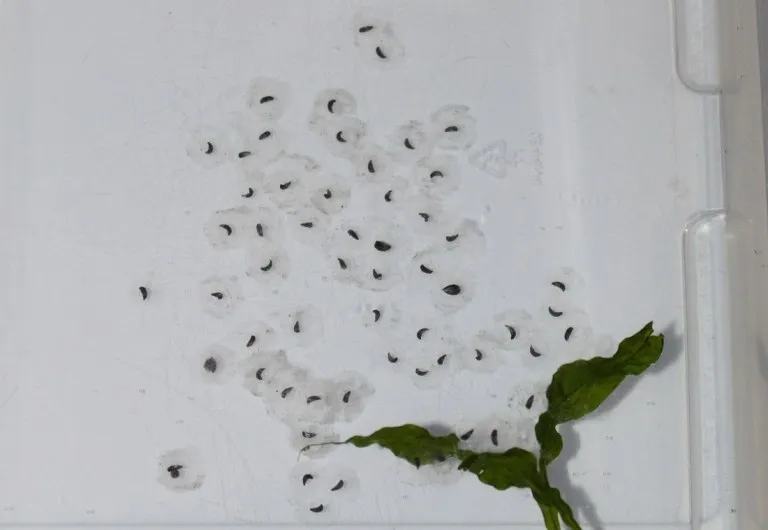
Day 6-8
At this stage, external gills begin to develop and become visible.

Day 9-14
The Axolotl will have finished its development in the egg. The Axolotl will develop everything except for any of its legs. The Axolotls will develop their limbs after they hatch.
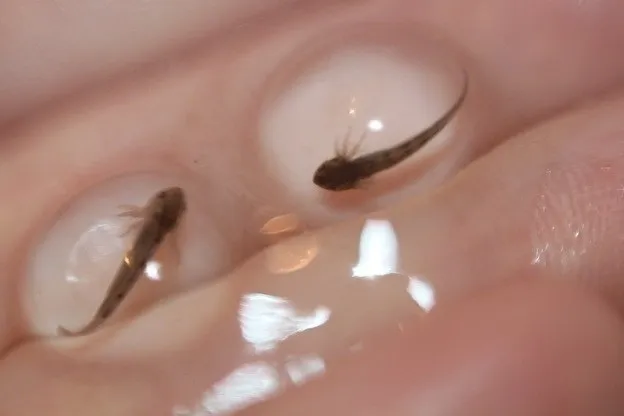
Day 15 +
All if not most of the Axolotls should be hatched at this point.
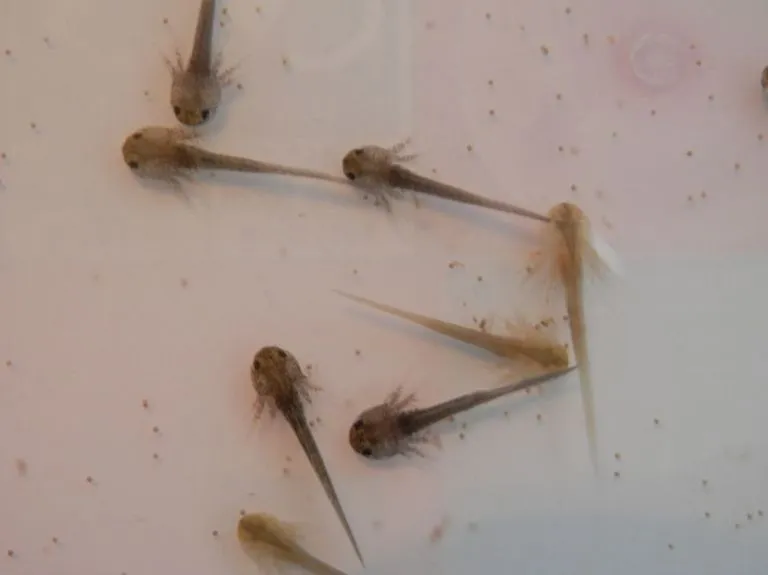
Aftercare for Hatchlings
Once the axolotls hatch, they will initially feed on their yolk sac for sustenance. After this period, they’ll require fine, live food such as micro worms or newly hatched brine shrimp. It’s crucial to maintain water quality and temperature during this vulnerable stage of their life.
- Feeding: Begin feeding the hatchlings small, live foods twice a day.
- Water Changes: Perform regular, gentle water changes to keep the environment clean without disturbing the delicate hatchlings.
Common Challenges and Solutions
- Fungal Infections: Treat the water with antifungal agents if you notice fungus on the eggs, being careful to use axolotl-safe products.
- Cannibalism: As axolotls grow, separate larger individuals from smaller ones to prevent cannibalism.
Conclusion: The Reward of Raising Axolotls from Eggs
Hatching axolotl eggs and watching the embryos develop into larval axolotls is a rewarding process that offers invaluable insights into the life cycle of these extraordinary amphibians. By providing the right care and conditions, you can ensure the health and well-being of the next generation of axolotls, contributing to the conservation and appreciation of this unique species.
Breeding axolotls and nurturing their offspring can be a complex but profoundly rewarding endeavor. Sharing your experiences and learning from others in the axolotl community enriches everyone’s understanding and fosters a supportive environment for these captivating creatures and their caretakers.
